
September 2023’s big relaunch of PG Tips was designed to reignite the national love for the beleaguered brand. But despite updated packaging, the addition of a quick-brewing teabag and a £12m push, PG Tips failed to win over shoppers. It’s lost £15.1m on volumes that have crashed 37.8%.
Owner Lipton Teas & Infusions says its decision to pull back on discounting and reduce SKU count was behind the poor showing for PG Tips and sister brand Pukka, which has also gone off the boil. It’s shed £2.6m on volumes down 29%.
“We decided to reset the whole business in 2023,” says LT&I UK general manager Liam McNamara. “In a market where the average price of tea had fallen to under 2p a bag, there was no space for innovation or quality improvement.
“We made some radical choices, accepting there would be some initial loss of volume. We stopped discount pricing and reduced our range to improve factory efficiency.
“After years of decline, we are starting to see the impact of these tough decisions, with data for the last three months showing that PG Tips and Pukka volume and value sales are improving,” McNamara adds.
“We are now building on stronger foundations that ensure absolute consistency and a fantastic experience for consumers.”
Plans for growth include the rollout of the four-strong PG Tips Special Blends range last month. Earl Grey, Chai, Gold and English Breakfast were “crafted to encourage regular black tea drinkers to explore new flavours and integrate more special tea occasions into their daily routines”, the brand said at the time.
The four variants entered a tea market that is in pretty good shape overall. Value is up 10.4%, while volume decline has slowed notably. The sector is down just 0.5% – compared with a near 7% decline last year – and six of the top 10 brands have shifted more tea.
Most successful is number one brand Yorkshire Tea. It’s sold an additional 1.4 million kilos and raked in an extra £27.9m. Its ongoing ‘Where Everything’s Done Proper’ push – featuring Patrick Stewart, Sean Bean, the Kaiser Chiefs and other stars – has attracted new shoppers.
So have innovations like Caramelised Biscuit Brew, added in July. Yorkshire Tea senior brand manager Lucy Hoyle hints at some exciting future launches.
“The challenge for tea companies is showing up for consumers across both hot and cold drinking occasions and meeting their varying needs in different ways,” she says. “While we are best known for hot brews, tea is incredibly versatile and that presents a whole host of opportunities to explore.”
Cool innovation for tea
Innovation outside hot tea has already been a focus for second-ranked Twinings. In July, it added a fruity Cooler duo designed to be drunk chilled. That was followed in September by a trio of canned Sparkling Tea fortified with vitamins and minerals.
“The launches of our first RTD product and our new Cooler range were direct responses to clear consumer demand and, in the case of Cooler, an evolution of our hot beverages,” says Gill Close, UK marketing director at Twinings. “While it is early days, we are pleased with how these products have performed to date.”
Clipper also has reason to be pleased with itself. It’s grown volumes 16.4% – the fastest gain for a top 10 brand. That’s down to the combined impact of its ‘There’s Tea, Then There’s Good Tea’ TV push, the summer addition of four Infusions lines, and growing demand for “ethically made products”, says Hannah Southwick, Clipper senior brand manager at owner Ecotone UK.
“It’s evident there is continued interest in ethical and sustainable shopping. As Fairtrade’s first and longest-standing tea partner, our ethical credentials speak for themselves,” she adds.
Ethics were also the focus for Typhoo in September. Having added £1.9m on volumes up 23.2%, the brand reset its core proposition to raise awareness of violence against women on African tea plantations. The tea maker moved from working with around 300 tea plantations in east Africa to just three, all of which had been “chosen for their commitment to women’s safety”, it said at the time.
The tea industry has “generally lagged behind other sectors when it comes to mission-driven innovation,” says Holly Rix, brand & marketing director at Typhoo.
She cites Tony’s Chocolonely, a brand that is “going beyond mere product quality to embody a purpose and drive change”, as an inspiration for Typhoo’s supply chain overhaul.
While the brand is in good shape, the same can’t be said of its parent company. Typhoo Tea Ltd last month filed notice of intent to appoint administrators, after losses ballooned to almost £40m last year. It was quickly brought out of administration by vape supplier Supreme for £10.2m.

Instant coffee thriving
Losses aren’t a worry for makers of instant coffee. The sector is bubbling along nicely – up £31.8m on a 4.1% volume gain. Seven of the top 10 brands have shifted extra kilos.
But it’s own label that’s the star of the show, outpacing branded rivals in both value and volume. Price has been critical to this performance. Own label instant is 46.6% cheaper per average kilo than branded – a crucial factor as shoppers continue to feel the squeeze.
“Despite slowed-down inflation, half of the UK population still feels either severely or moderately impacted by the cost of living and intends to control their spending,” says Anastasia Novikova, NIQ senior analytics executive.
In this environment, big brands have been vying for shoppers’ attention through NPD. In the case of market leader Nescafé, it launched its first flavoured soluble coffees under its Gold Blend range in July. Rich Caramel and Smooth Vanilla “bring a touch of sweetness without the need for added sugar, providing a truly flavourful coffee experience to satisfy even the most discerning palates”, says Ingrid Hayes, marketing director for Nescafé Gold Blend. The brews have “already become the leading pure soluble flavoured coffee brand in the market”, she adds.
Kenco has also jumped on the flavoured coffee bandwagon with the launch of a barista-style instant coffee range in Smooth Latte, Creamy Cappuccino and Cadbury Mocha.
The trio was unveiled in June as part of a bid to lure cash-strapped shoppers away from high street coffee shops, says Roberto De Felice, marketing director at Kenco owner JDE Peet’s. “Consumers want to recreate their favourite coffee shop orders at home, and they want a bit of indulgence, but it needs to be convenient and at the right price point.”
Given almost 80% of coffees consumed at home are made using instant, offering “products that deliver rich, indulgent taste with minimum fuss” is a growing opportunity, De Felice adds.
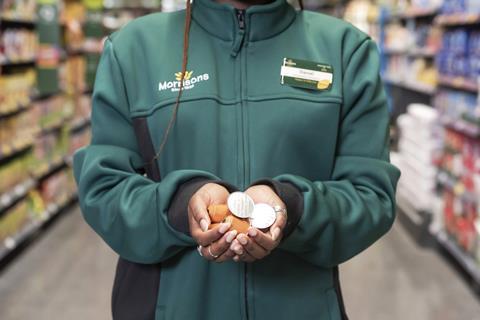
As it stands, Kenco is in good nick: value and volumes are in solid growth. The same can’t be said for its sister brands Douwe Egberts and L’Or. Together, they’ve shed more than 200,000 kilos of instant coffee.
L’Or appears to be pivoting away from instant towards ground coffee, launching a trio of whole beans into retail for the first time in October. The range is “crafted to capture different strength preferences”, says De Felice and meets “the growing demand from UK consumers to replicate barista-quality drinks in the comfort of their own home.”
L’Or’s move could be considered a little curious given ground coffee isn’t exactly flying. Volumes have edged up a meagre 0.4% overall, while brands are down 2%.
Still, six of the top 10 names have shifted more kilos. Chief among them is number two brand Lavazza. Its volumes have grown 5.1%, leaving it £7.7m better off.
In a bid to close the gap on category leader Tassimo, Lavazza added a Tales of Italy range inspired by Rome, Naples and Milan in October. Ground coffee, whole beans, and Nespresso-compatible capsules will be in over 1,100 stores by the end of the year.
“They will allow coffee lovers to indulge in an authentic Italian experience from the comfort of their homes,” says Matthew Case, sales director at Lavazza UK & Ireland.
Hot chocolate goes cold
In hot chocolate & malted beverages, the top 10 isn’t looking nearly so invigorated. Seven brands are in volume decline – five by double digits. The overall market’s down 5.9%.
That means the 3% value gain is down entirely to higher prices – likely driven by inflation in commodities.
Against that backdrop, launches such as Chocomel (see Top Launch below) and Nescafé’s Kit Kat hot chocolate aim to hit a sweet spot. It might be just the right kind of NPD to heat up the market once again.
Top Launch 2024
Chocomel Hot Choc | FrieslandCampina
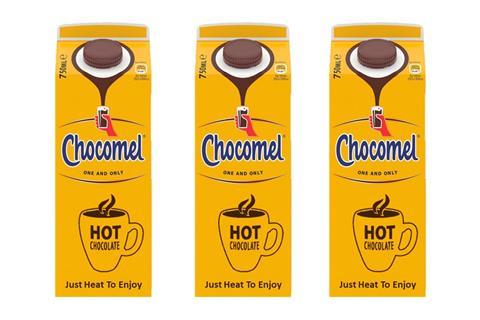
Innovation in hot chocolate has been sparse in recent years. Which makes this one from Chocomel all the more welcome. Added in September, it’s the Dutch brand’s first foray into hot beverages in the UK. The Chocomel liquid line aims to help shoppers enjoy café-quality hot chocolate at home, promising to banish the “inconsistent taste and texture” of powdered products. Chocomel Hot Chocolate (rsp: £2.70/750ml) can be heated on a hob or in a microwave.
Read more: Hot beverages 2023: Cost of living boosts own label instant coffee
The Big Book of Grocery: Top Products Survey 2024
- 1
- 2
- 3
- 4
- 5
- 6
- 7
- 8
- 9
- 10
- 11
- 12
- 13
- 14
- 15
- 16
- 17
- 18
- 19
- 20
- 21
- 22
- 23
- 24
- 25
- 26
 Currently reading
Currently readingHot beverages 2024: PG Tips loses £15m but tea ticks back up
- 27
- 28
- 29
- 30
- 31
- 32
- 33
- 34
- 35
- 36
- 37
- 38
- 39
- 40
- 41
- 42
- 43
- 44
- 45
- 46
- 47

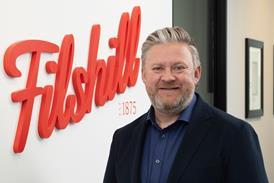


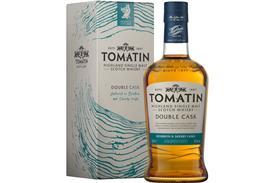
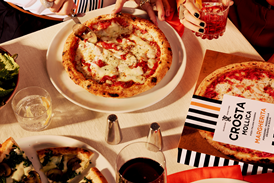
















































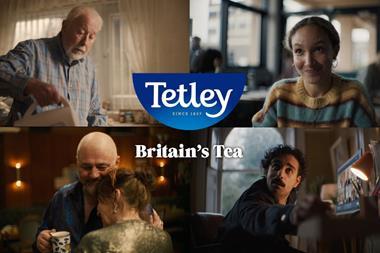
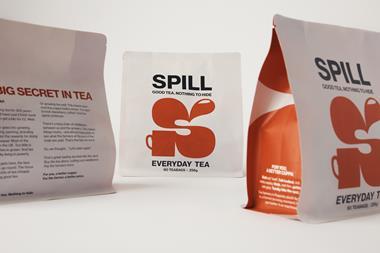

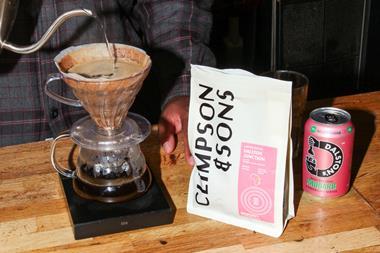


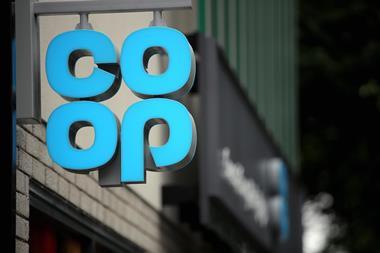

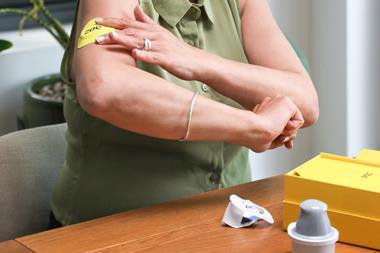
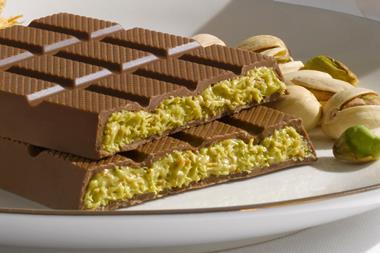

No comments yet